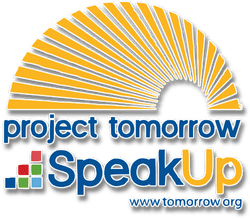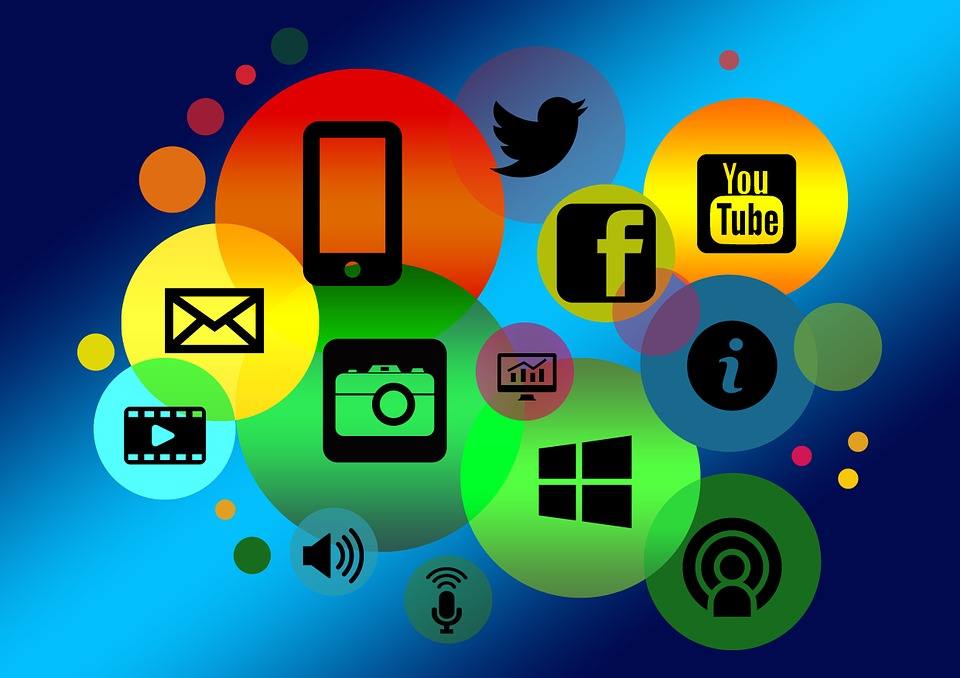Howdy, folks! Welcome to another in a series of periodic ed tech news roundups. We hope you enjoy this one, and if you have a story you’d like to see included, let us know.
2020 Visions
Early in the year, experts, publications, and educators are thinking to what 2020 might bring to education.
- Talia Milgrom-Elcott explores four major trends the education entrepreneur expects to play a crucial role in shaping education this year. [Forbes]
- Education journalists identify five trends of their “factors that will drive education in the coming year.” [Education Drive]
Automation Nation
- Former educator and education writer Jill Barshay explores the ways in which artificial intelligence can be used to make teaching more efficient — and what’s possible today. [The Hechinger Report]
- Ed tech consultant Carolina Milanesi reports on the latest trends in AI, how it might drive education forward, and how it will affect the teachers of the future. [Forbes]
Listening to Learn
Recorded books aren’t new, but the rise in popularity of audio books on connected devices has also seen audio books integrated into the learning process more broadly. Now we’re beginning to measure the effect and impact of audio books in schools.
- A new study published in the Journal of Neuroscience shows that listening to audio can “light up” the same areas of the brain that are used when reading. [Discover]
- Journalist Melissa Pandika reviews recent research on audio books and asks the question: Does listening to a book “count” as reading it? [Mic]
… And Finally
Viral challenges have been popular for years now. Some raise money for charity, some are just for fun. Still others can cause trouble — like when an attempt at the “Outlet Challenge” caused electrical damage in an Amarillo-area school. [KVII Amarillo]
Photo: Vidar Nordli-Mathisen


 something because of their interests. This helps me see how students are using technology when they are looking for specific information or want to learn a skill. Only 9% of both middle and high school students post a question on a discussion board or a forum. Do we need to be more intentional in using this type of application? Do they just not know how, or have they found better ways to seek answers to their questions?
something because of their interests. This helps me see how students are using technology when they are looking for specific information or want to learn a skill. Only 9% of both middle and high school students post a question on a discussion board or a forum. Do we need to be more intentional in using this type of application? Do they just not know how, or have they found better ways to seek answers to their questions?  I also discovered that 43% of my teachers are facilitating student collaboration projects using online tools. This is such a great skill. How can I leverage these teachers to help other teachers do this as well? Also, I’m pleasantly surprised that 44% of my teachers are using an online curriculum. However, I want to know more. What is the frequency? Are they occasionally doing this or is this something they use every day? I also want to know what they are using. Are they using the district’s Learning Management System, or is it an online textbook?
I also discovered that 43% of my teachers are facilitating student collaboration projects using online tools. This is such a great skill. How can I leverage these teachers to help other teachers do this as well? Also, I’m pleasantly surprised that 44% of my teachers are using an online curriculum. However, I want to know more. What is the frequency? Are they occasionally doing this or is this something they use every day? I also want to know what they are using. Are they using the district’s Learning Management System, or is it an online textbook?  integrate digital content, tools, and resources into their daily instruction. 51% said they wished they had a classroom set of digital devices. 49% said they needed to know that their students had adequate broadband access outside of school and 46% indicated they were concerned that they didn’t have consistent, reliable internet access within school. Maybe I need to have my staff do some focus groups related to internet access and speed. Looking at my network resources, they should have adequate bandwidth, but maybe something is happening on campus that I am not aware of. While my team is on campus, I probably should also have them ask teachers about the availability of technical support since 47% of the teachers indicated it was lacking. And lastly, my teachers still need time to plan with their colleagues (60%) and additional professional development (50%). I need more staff to be able to meet this need!
integrate digital content, tools, and resources into their daily instruction. 51% said they wished they had a classroom set of digital devices. 49% said they needed to know that their students had adequate broadband access outside of school and 46% indicated they were concerned that they didn’t have consistent, reliable internet access within school. Maybe I need to have my staff do some focus groups related to internet access and speed. Looking at my network resources, they should have adequate bandwidth, but maybe something is happening on campus that I am not aware of. While my team is on campus, I probably should also have them ask teachers about the availability of technical support since 47% of the teachers indicated it was lacking. And lastly, my teachers still need time to plan with their colleagues (60%) and additional professional development (50%). I need more staff to be able to meet this need! 



 year. I didn’t want to be left out, so here are what I believe will be the hot topics for 2017.
year. I didn’t want to be left out, so here are what I believe will be the hot topics for 2017.